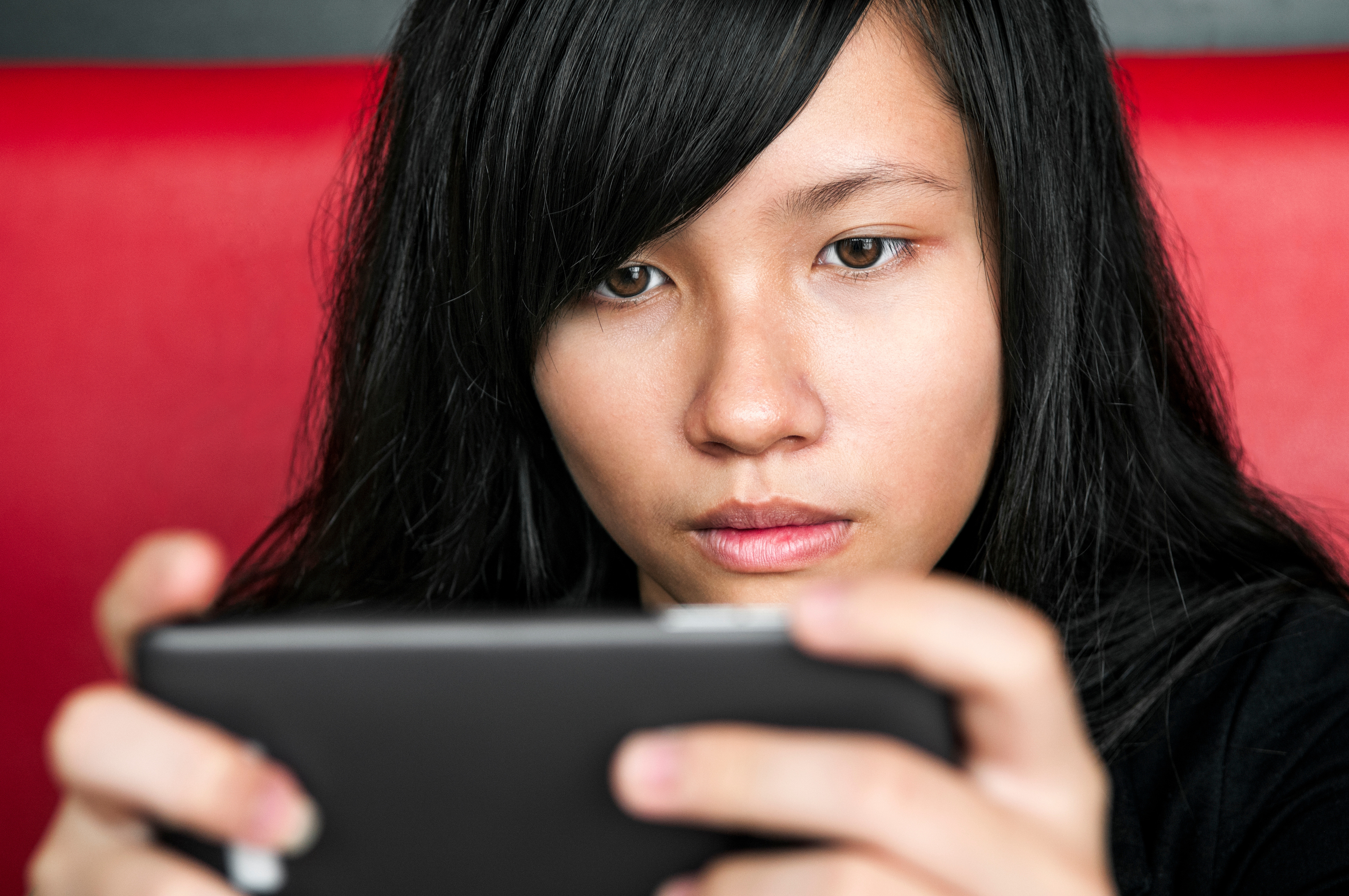Learning Science
Where the science of learning meets the art of teaching.
What is Learning Science?
Learning science combines data, research and practices to empower students and instructors to succeed. It draws from disciplines such as cognitive neuroscience, data science, learning analytics, educational psychology and behavioural economics. By drawing on these fields of study, we are able to design powerful yet adptable learning solutions that keep up with the rapidly changing needs of students and educators across Australia and beyond.


The Dynamic Nature of Learning Science
McGraw Hill’s learning scientists implement tools and methodologies to examine how learning happens and how educators teach. Our curriculum solutions are continuously evolving and being validated based on the latest research and findings.
By applying data science to analyse learning interactions happening within our technologies, we can identify trends, patterns and areas of improvement at the individual and organisational levels. These insights allow us to develop more personalised and relevant learning experiences for students and more efficient and intuitive teaching tools for instructors.


Learning Science is Collaborative
Collaboration is the key to sustainable innovation in today’s digital environment. The McGraw Hill Learning Science Research Council consists of our own senior researchers as well as an Advisory Board of research experts from schools and universities. Its role is to examine the use of technology to improve learning and our current areas of research include:
- Models and Algorithms
- Efficacy
- Scalable Computation
- Instructional Quality
- Learner Insights


Empowering students and educators
Our focus on learning science helps change the way instructors and students experience learning inside and outside the classroom. McGraw Hill’s product innovation focuses on a personalised learning approach for students to provide a more efficient learning path. Instructors are offered more intuitive resources that reduce time consuming tasks and allow more time spent with students.





